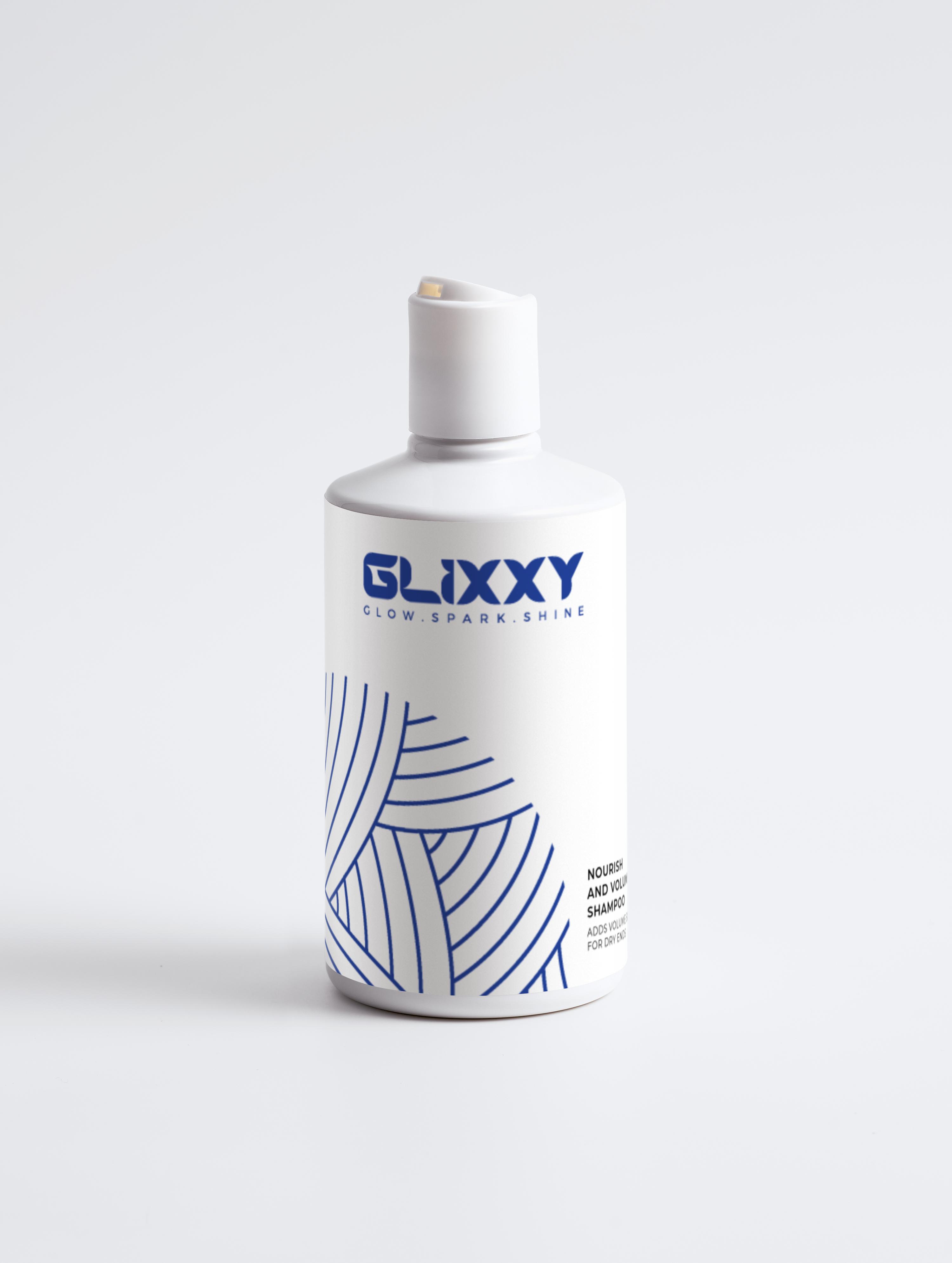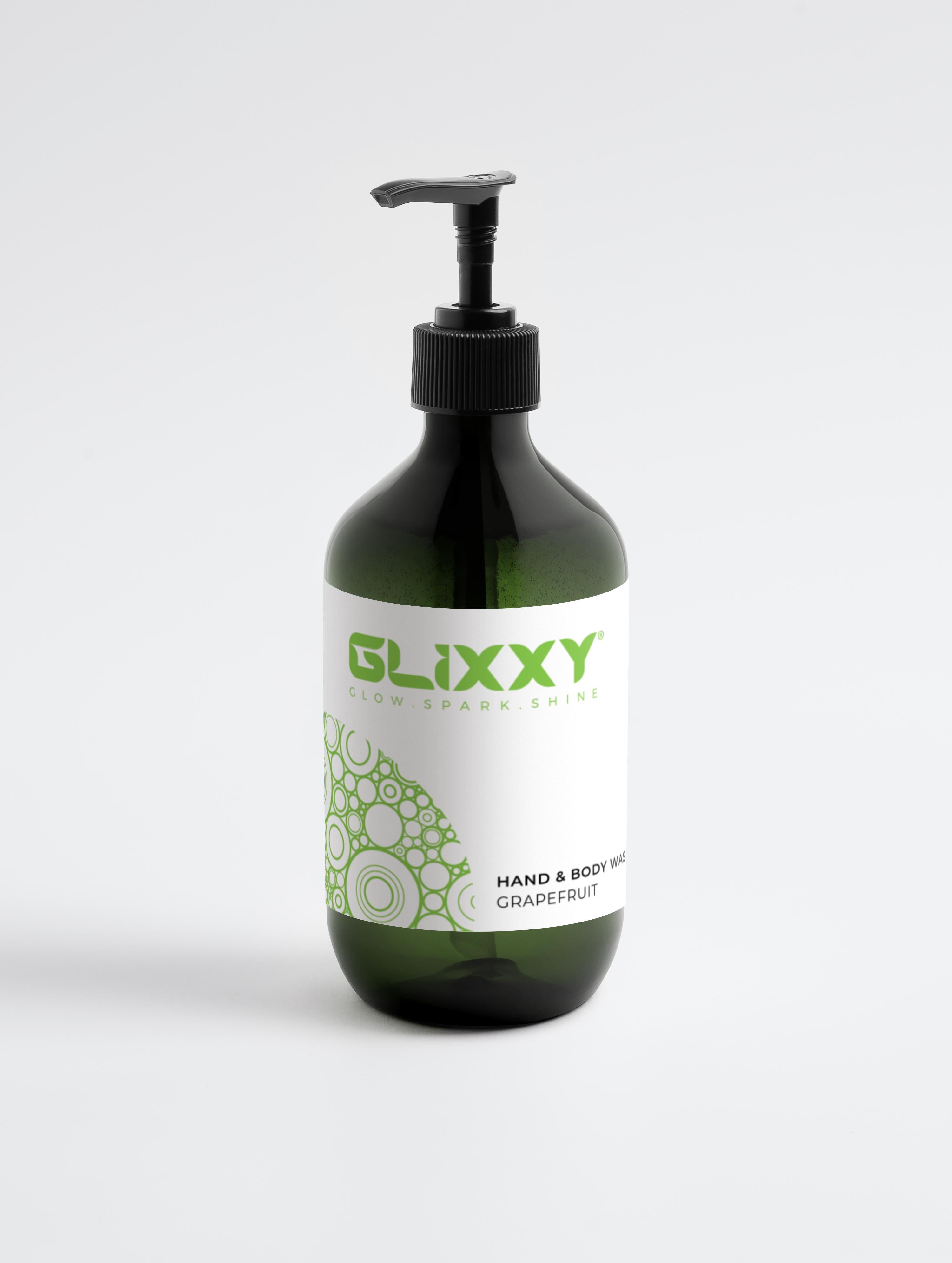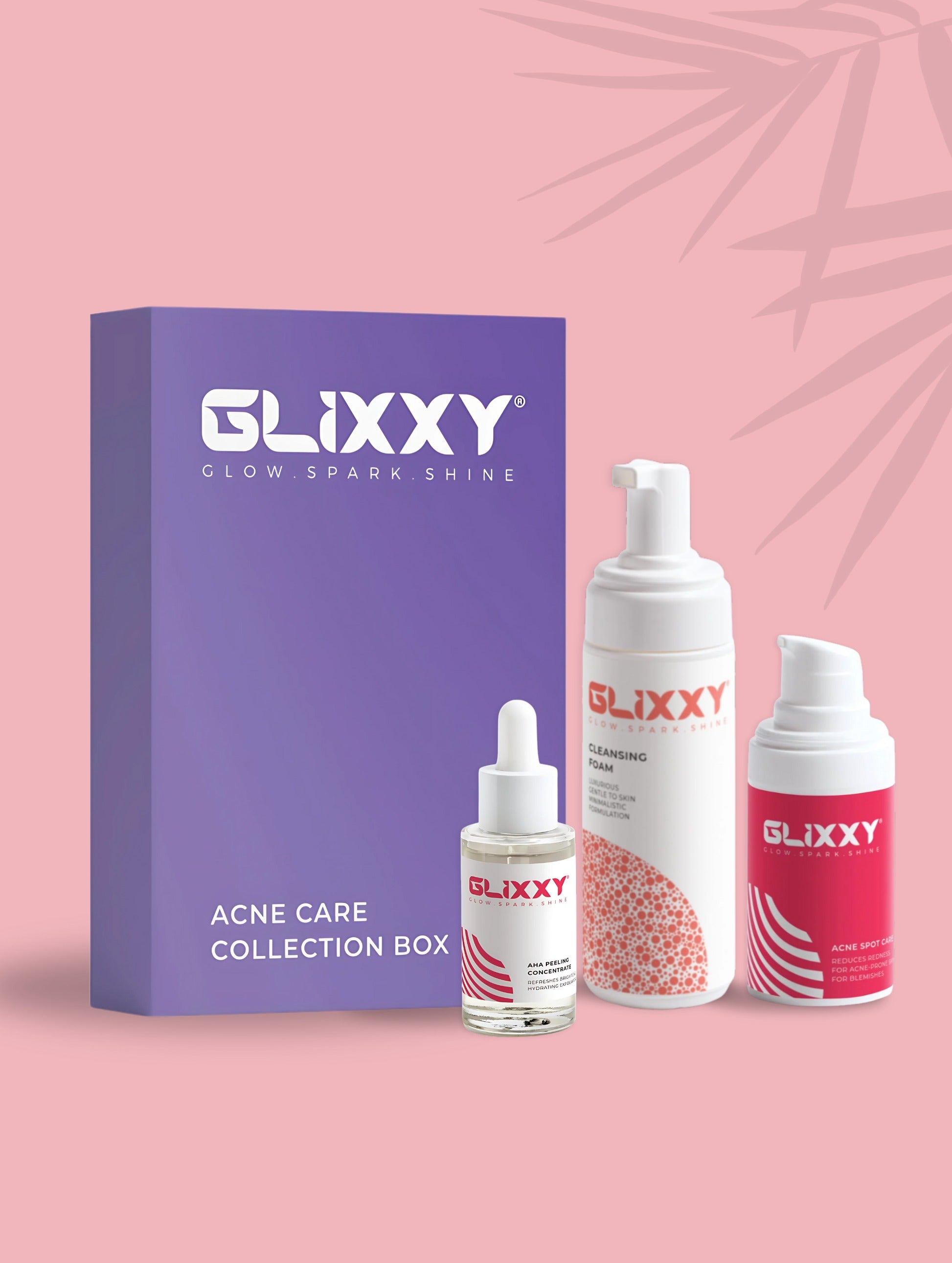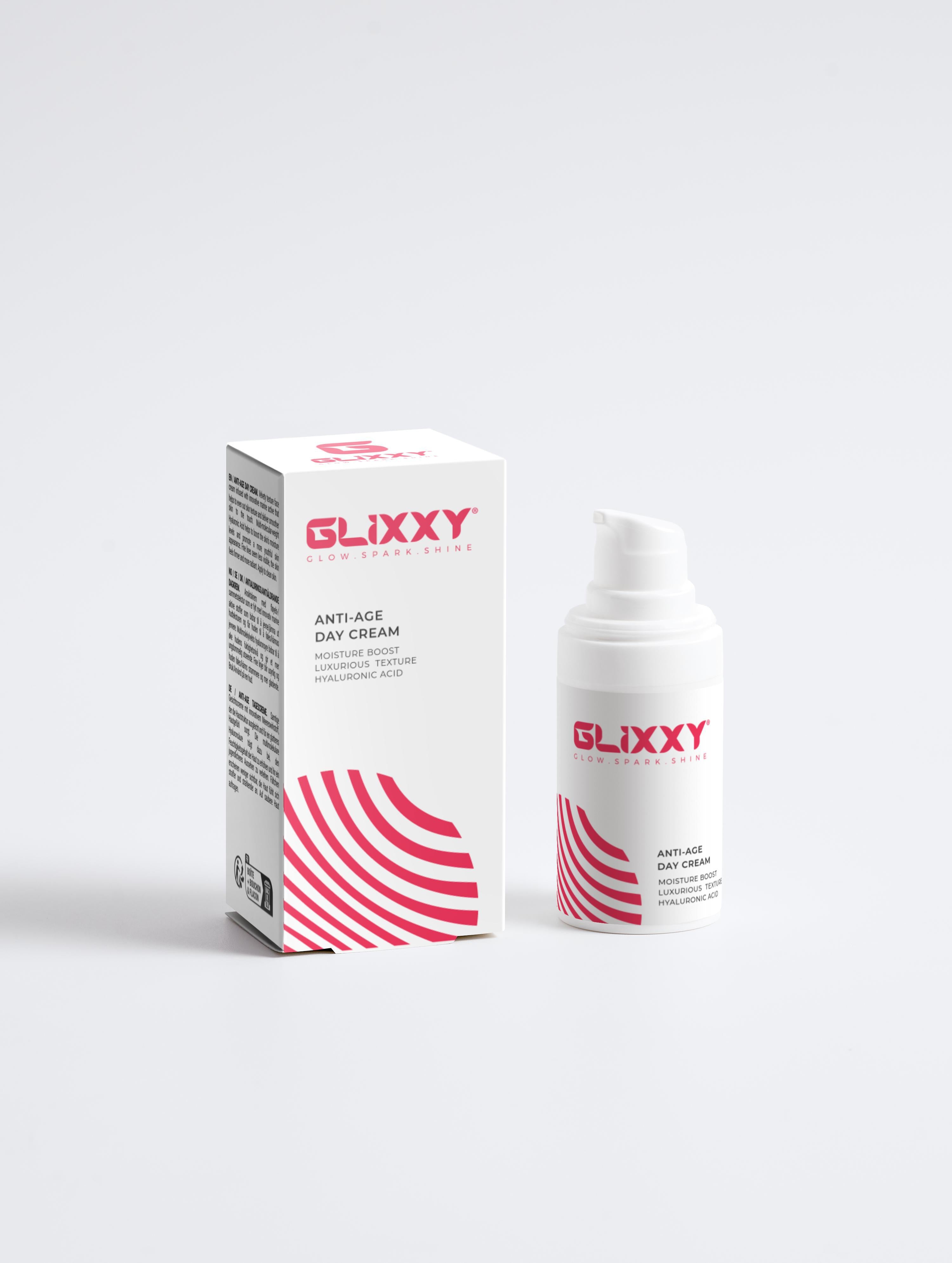News
Niacinamide: A Multitasker for Your Skin Explained
Skincare has always been a famous trend on Instagram, and I am pretty sure you have heard about niacinamide while doom-scrolling. It sounds like a mouthful (pronounced as nyuh-SIH-nuh-mide), but if you look past the name, you can actually do yourself a huge favour. How? Simply by adding it to your routine. Niacinamide works around the clock to help your skin stay calm, clear, and glowing. Want to know more about achieving the ultimate glow with niacinamide? Keep reading. In this post, we are going to break it down in a simple way, so you know exactly why everyone is drooling to get their hands on it. What Is Niacinamide? Niacinamide, also known as vitamin B3 or nicotinamide, is a total game-changer in the skincare world and in overall health, too. So what is it? It’s actually a water-soluble vitamin, meaning your body doesn’t store it, so you have to get it regularly through your diet. And, in this case, through skincare products. You will find niacinamide naturally in foods like meat, fish, eggs, and even some fortified grains. So yeah, chances are you are already getting a decent dose without even realizing it. But when it comes to your skin, applying niacinamide topically can do wonders. We’ll see in a moment why. The Science Behind Niacinamide - How it Works: Alright, let’s geek out for a second because the science behind niacinamide is actually pretty dope. This is not just another ‘trendy’ skincare ingredient. Niacinamide puts in real work on a cellular level to keep your skin thriving. At its core, niacinamide helps fuel your cells. It plays an important role in creating NAD+ (nicotinamide adenine dinucleotide). It is a molecule your cells need to function properly. NAD+ is involved in: Cellular energy product DNA Repair Fighting oxidative stress In simple terms, it helps your cells stay energized and resilient. How Niacinamide Acts as a Multitasker for Your Skin Health? Niacinamide is basically the multitool of skincare. Whether you have dryness, acne, texture issues, or dullness, it has got you covered. Here is how it caters to different skin needs: Hydration & Barrier Support: One of niacinamide’s core strengths is helping your skin hold on to moisture. It improves the skin’s barrier function, which is actually the outermost layer that keeps water in and irritants out. Here’s what this means for your skin: Better moisture retention Less sensitivity and fewer flare-ups Stronger defence against environmental stressors Bottom line: Your skin stays hydrated and healthy. Oil Regulation and Pore Minimization: If your skin type is oily and you struggle with large pores, niacinamide’s got you. It helps regulate sebum (oil) production so your skin doesn’t go into overdrive. At around 4% concentration, research shows that it can reduce the appearance of pores by lowering oil buildup. And less oil means fewer clogged pores and a smoother skin texture. Acne & Inflammation Control: Niacinamide isn’t just good for prevention; it actively helps reduce breakouts, too. It has anti-inflammatory properties that calm down redness and swelling. At a 4% concentration, it has been shown to have similar results to clindamycin, which is a topical antibiotic commonly used for acne, minus the risk of antibiotic resistance. So…it fights acne and keeps your skin barrier happy at the same time? I’d say that’s a win-win situation. Other Long-term Skin wins: Niacinamide is not only about quick fixes; it delivers long-term skin benefits that improve how your skin looks and functions over time: It helps reduce dark spots and uneven tone by blocking melanin transfer. It supports collagen and keratin production, which smoothes out the under-eye lines and wrinkles. Even after all these benefits, if niacinamide is still not a part of your routine, then are you even doing skincare the right way? How to Use Niacinamide in Your Skincare Routine? Suppose you want to get the most out of niacinamide; timing and layering matter. Applying it in the right order on your skin helps with better absorption, maximum efficacy, and zero wasted product. Here is a simple breakdown of how to slot niacinamide into your skincare routine: Cleansing: Firstly, start with a gentle, non-stripping cleanser. It helps to wash away the dirt, oil, and buildup. A clean base helps your skin absorb active ingredients more effectively. Go for something mild that doesn’t mess with your skin barrier, especially in this case, because you’ll be using niacinamide for barrier support. Toning: Most people consider this step an option, but if you like using a toner, go for an alcohol-free formula to balance your skin’s pH. Do not go near those harsh exfoliating toners when applying niacinamide. And if you really wanna use them, then opt for alternate days to avoid irritation. Believe me, it’s for your own good. Applying Niacinamide: This step involves applying niacinamide, which can be used as a serum and a moisturizer. If you’re using it as a serum, apply 2 or 3 drops to your slightly damp face and neck. Pat it in gently; no need to rub it or overdo it. If you are using it as a moisturizer, follow the same steps, but make sure it comes after water-based treatments like hyaluronic acid. Not sure if you want it as a serum or moisturizer? Well… if you’re into simpler routines, then go for a moisturizer. Sunscreen (AM Only): Sunscreen is non-negotiable, especially if you are applying niacinamide in the morning. While niacinamide boosts your skin’s ability to deal with UV stress, it doesn’t mean it’s enough to replace SPF. Apply a broad-spectrum sunscreen as your final step, and your future skin will thank you. Final Words: Niacinamide is a must-have for anyone who wants simple, effective skincare. It does a little bit of everything, helping your skin stay clear, bright, and balanced without irritation. At Glixxy, we focus on clean, cruelty-free, and vegan-friendly formulas that are safe and effective. Glowing skin should come from healthy and responsible skincare. So, if you want to keep your skin calm and glowing, niacinamide is worth trying.
Learn moreWhy SPF 50 Is the Best Choice for Anti-aging?
If you are serious about skincare and skipping sunscreen, I hate to break it to you, but you are playing yourself. Sunscreen is not just a summer thing or a beach-day add-on. It is the essential step that protects your glow long-term. Here’s the truth: not all sunscreens are created equal. Some formulas barely cut it, while others (like SPF 50) are legit powerhouses when it comes to keeping your skin smooth, fresh, and aging like fine wine. The sun might feel good, but it is lowkey out here doing damage—think of fine lines, dark spots, and collagen loss. That is why SPF 50 is not just another product; it is your skin’s ride-or-die. In this post, we will see what SPF actually means, why broad-spectrum sunscreen is non-negotiable, and how to use sunscreen right so your skin stays protected. What is SPF and Why Does It Matter? SPF stands for Sun Protection Factor, and it measures how well a product protects your skin from UVB rays, which cause sunburn. Think of it like this: if you are wearing SPF 30, it means you can technically stay in the sun 30 times longer without burning than if you were not wearing any sunscreen. But here’s the deal: SPF 30 blocks about 97% of UVB rays, while SPF 50 blocks around 98%. That one perfect might not sound like a lot, but it can make a difference, especially if you are out all day or have sensitive skin. Broad-Spectrum Sunscreen & Why It’s the MVP: Trust me, you want one labeled broad-spectrum sunscreen because it protects against both UVA and UVB rays. While UVB is out here causing burns, UVA rays are sneaky. They go deeper into the skin, speeding up aging and messing with your collagen. So, if you are trying to stay snatched long-term, broad-spectrum sunscreen is a must. Why is Sun Protection Crucial for Anti-Aging? If you are investing in skincare but skipping the basics for SPF, you are technically ghosting your skin’s future. When it comes to aging, UV rays are the true villain, it isn’t all about time or stress. According to science, about 80% of visible aging on your face is caused by sun exposure. Yup, that means wrinkles, dark spots, sagging, it’s all photoaging, not just birthdays. How UV Light Wrecks Your Skin: Now that we have established that sunlight brings in the bad squad. Here’s how UV light wrecks your skin. UV radiation triggers a chain reaction in your skin. First of all, it activates the matrix metalloproteinases (MMPs). These are the enzymes that break down collagen and elastin, the stuff that keeps your skin firm and smooth. So when MMPs go wild, you end up with fine lines and saggy vibes. Then we have reactive oxygen species (ROS)—aka the unstable molecules caused by UV exposure. They damage everything from your DNA to your skin cells’ inner structure, speeding up the aging process like it’s on 2x speed. UV rays don’t care if it’s cloudy, rainy, or if you are indoors near a window. They can still get through and cause damage. That low-key daily exposure adds up over time and silently ages your skin, even if you don’t notice it right away. It’s not only just UV rays, either. Visible light (VL) and infrared radiation (IR) from the sun and even screens can also mess with your skin. These types of light can trigger pigmentation issues and oxidative stress, too, making things like melasma or uneven tone worse. So…what’s the solution? It’s SPF 50. Let’s see why. Why SPF 50 Offers Superior Anti-Aging Protection? SPF 50 is what you desperately need if you are serious about keeping your skin fresh and youthful. While SPF 30 is solid, SPF 50 takes it up a notch; it is an overachiever of sun protection. What makes SPF 50 better? It’s all about how much UVB protection you can get. SPF 50 means you can stay in the sun 50 times longer without burning than if you had no sunscreen on. In terms of actual UVB rays, it blocks about 98% compared to 97% from SPF 30. That tiny 1% difference? It matters when it comes to cumulative sun exposure and long-term skin health. Better Defense: Now, the key here is to look for SPF 50 sunscreens, especially those labeled broad-spectrum. They offer strong UVA protection, too. High-quality SPF 50 products typically have higher UVA protection factor ratings (UVA-PF), especially against longer wavelengths (>370nm). A study in Australia tracked people over 4.5 years and found that those who used SPF 50+ every day showed virtually no signs of skin aging. In contrast, those who used ordinary sunscreen only occasionally did. That’s major. With Regular SPF 50, you can also prevent solar elastosis, a condition where your skin loses elasticity and gets that leathery look. Quick Comparison: SPF Rating UVB Blocked Burn Protection Time Anti-Aging Efficacy SPF 30 97% 30x Longer Moderate SPF 50 98% 50x Longer Optimal SPF 50 Anti-Aging Benefits (Beyond Just Sunburn Prevention): Most people think sunscreen is just for avoiding sunburn, but SPF 50 is a total anti-aging power move. It does way more than protect you from turning into a tomato at the beach. It actually helps preserve and improve your skin over time. Let’s break it down. Keeps Collagen Intact: One of the biggest ways SPF 50 helps your skin stay snatched is by protecting your collagen. UVA rays trigger enzymes called MMP-1 that break down collagen. However, SPF 50 blocks more of those harmful rays, stopping this breakdown before it even starts. Result? Less sagging, fewer under-eye lines. Fights Hyperpigmentation: If you deal with dark spots or uneven skin tone, SPF 50 is your bestie. It helps stop the overproduction of melanin by blocking both UV and visible light (the major triggers that activate melanocytes, the pigment-making cells. With consistent use, you’ll see fewer new spots and a brighter, more even glow over time. Helps Reverse Existing Damage: SPF 50 is not just about protection, it can also be a part of your healing routine. Some formulas combine SPF 50 with DNA-repairing enzymes and antioxidants. These can help reduce existing sun spots and oxidative stress, making your skin look younger and healthier. Basically it’s like skincare with a built-in repair squad. Stronger Skin Barrier: A lot of SPF 50 products now go the extra mile by including ingredients like ceramides, which help lock in moisture and repair your skin barrier. With a stronger skin barrier, your skin gets better hydration, and the skin health improves. How to Actually Use SPF 50 the Right Way? So you have got your SPF 50 in hand, now what? Even the best sunscreen won’t do much if not used correctly. Here’s how to get the most anti-aging bang for your SPF buck. For your face and neck, use about ⅓ teaspoon (roughly the length of two fingers) every single morning. Don’t forget your ears, jawline, and the front of your neck. Sunscreen goes on after your moisturizer but before your makeup. Think of it as the last step of your skincare routine and the base for your glam. If you are wearing makeup, reapplying with a full lotion can be a mess. That’s where sunscreen sprays or powder brushes come in; use them. Conclusion: If you care about keeping your skin looking fresh and glowing for the long run, SPF 50 is a must, and Glixxy’s got you covered. Our broad-spectrum SPF 50 sunscreen protects you from both sunburn and early aging, without the white cast and weird, greasy feel. It’s lightweight, makeup-friendly, and made to fit into your daily routine. Good skin starts with good sun protection, so make Glixxy your go-to for anti-aging vibes, every single day.
Learn moreGuide to Eye Smoothing: How to Reduce Eye Wrinkles
Let’s be real, no one is thrilled about eye wrinkles showing up. You wake up one day, look in the mirror, and bam, lines under your eyes that weren’t there last week. Maybe it’s from too much screen time, late nights, or just life doing its thing. Whatever the reason, eye creases under the eyes are a common part of aging, but the good news is, they don’t have to stick around forever. There are super-easy, science-backed ways to get into eye smoothing and keep that under-eye area looking fresh. We’re talking about skincare that actually works, habits that make a difference, and prevention tips you’ll wish you started sooner. Let’s break it down. What Causes Eye Wrinkles and Eye Creases Under Eyes? If you’ve spotted lines under your eyes and you’re not loving the vibe, here’s the tea: most under-eye wrinkles come from a mix of natural stuff (like aging) and things you might be doing without realizing it. Let’s break down what really causes those eye creases and what habits you need to ditch. Aging: Yep, it happens to everyone. It’s natural, don’t stress. As we get older, our skin makes less collagen and elastin. It’s the stuff that keeps our skin firm and bouncy. So, less of that? It means more creasing, especially in delicate areas like under the eyes. UV Damage: Even if you don’t feel the sun, UV rays are low-key damaging your skin 24/7. That damage speeds up aging and makes under-eye wrinkles more noticeable. Dry, Dehydrated Skin: Dry skin means more obvious lines. The under-eye area has barely any oil glands, so when you’re not hydrated, the lines pop out more. Facial Movements: Smiling, squinting, and raising your brows are all normal. But over time, those tiny movements create creases under the eyes that can turn into permanent lines. Lack of Sleep: If you’re running on caffeine and vibes, your skin will show it. Lack of sleep equals puffiness, stress, and faster skin aging. Blue Light & Screen Time: Scrolling TikTok at 2 AM? Yeah, we’ve all done it. The average person spends hours staring at screens every day. Blue light from your phone, laptop, or tablet can contribute to skin damage and lead to premature aging, making wrinkles under the eyes worse. Using Harsh Ingredients Near Eyes: Strong ingredients in skincare products can be too much for the thin skin under your eyes, which leads to dryness, irritation, and premature wrinkles. How to Smooth Eye Wrinkles and Reduce Lines Under Eyes? While wrinkles under the eyes are a natural part of aging, there are proven ways to soften their appearance and slow their development. Before we explore specific treatments and habits, it’s important to understand what truly works and why. Let’s dig in. Use an Eye Cream Daily: This isn’t just marketing hype. A good eye cream can seriously help. Look for ingredients that hydrate, plump, and support your skin barrier, all while being EU-compliant and safe. Here are some of our favourites: Glycerin is basically a hydration hero. It attracts water into the skin to smooth out fine lines. Hyaluronic Acid is a super hydrator that gives a plump, dewy effect to skin. Peptides (INCI: Palmitoyl Tripeptide-1) help your skin rebuild collagen, making the under-eye area firmer and smoother. After choosing a cream that suits your skin type, apply morning and night using your ring finger to tap (not rub!) It is gentle. Check out our top eye wrinkles solutions to find the right product for your skin goals. Alongside lifestyle changes, using the best eye cream for wrinkles can help visibly reduce fine lines faster. Never Skip SPF. Ever Yes, even when it’s cloudy. UV rays are sneaky. They break down collagen fast, and the under-eye area is extra sensitive. Use a lightweight, broad-spectrum SPF 30 or higher. It’s usually recommended to use formulas that are fragrance-free and eye-safe. Stay Hydrated and Get Enough Sleep: Water isn’t just for your reusable bottle aesthetic, it’s a must for skin health. And no amount of eye cream can make up for 7-9 hours of sleep. Your skin repairs while you rest, and sleep helps reduce puffiness and creases under your eyes. Use Eye Masks Weekly: Using hydrogel eye patches once or twice a week is a quick fix for tired eyes. Go for masks with caffeine, panthenol, or peptides for extra de-puffing and eye smoothing power. Be Gentle With Your Eyes: No rubbing. No tugging. Your under-eyes don’t need that kind of trauma. Remove makeup with a soft micellar water and pat products in. Your eye area needs soft care. How to Prevent Lines Under Eyes? It’s always better to prevent eye wrinkles from forming rather than trying to reverse them. Here are a few steps you can take to protect your delicate under-eye skin: Start Early with Skincare: The earlier you start taking care of your skin, the better. You don’t have to be 30+ to use eye cream. The earlier you start, the more your skin will thank you. Avoid Harsh Ingredients Around the Eyes: Not everything that works on the rest of your face belongs near your eyes. Skin strong actives like: Glycolic Acid Retinol Fragrance-based products Always double-check if a product is specifically made for the eye area before applying it there. Sunglasses Are a Must: Sunglasses aren’t just for vibes. They stop you from squinting and block UV rays. And these are two big reasons for lines under the eyes. Take Breaks from Screens: Try the 20-20-20 rule. Every 20 minutes, look 20 feet away for 20 seconds. Your eyes need it. Swap to Silk Pillowcases: Cotton pillowcases can tug on your skin while you sleep. Silk is smoother and helps prevent fine lines over time. Explore our full eye smoothing guide for science-backed tips that fit into any skincare routine. Final Thoughts: Eye wrinkles aren’t the end of the world, they’re just a sign that your skin has been with you through all the laughs, late nights, and everything in between. But if you’re ready to smooth things out, now you have the tools. Start with hydration, go easy on harsh products, wear that SPF like it’s your job, and treat your under-eyes with actual care. A few simple switches lead to long-term glow. Glixxy is all about smart skincare that fits your life. So stay consistent, stay kind to your skin, and remember smooth, healthy under-eyes are just a routine away.
Learn moreUnderstanding Different Types of Skin: A Complete Guide
Your skin is your vibe as it tells your story. But to glow up properly, it’s important that you know your skin type and how to care for it. Knowing your skin type is the first step toward building a healthy skincare routine that actually brings results. Imagine picking up a skincare product without understanding if it actually compliments your skin or not. Sounds like a nightmare. Using skincare products that don’t suit your skin can mess things up pretty fast. If you don’t want that to happen to you, then keep on reading this guide. We will help you figure out what skin type you have, how to look after it, and what kind of ingredients to look for (with proper names; yes, we’re using EU-approved INCI terminology). What are Skin Types? To put it simply, skin types are about how your skin naturally behaves without any makeup, skincare, or filters. Everyone’s skin is different, but most people fall into one of the five types: Normal Dry Oily Combination Sensitive Knowing yours helps you pick the right skincare products and avoid irritation or breakouts. Here’s a detailed overview of the five types to help you understand better: Normal Skin: Having a normal skin type means your face usually feels balanced, neither too oily nor too dry. It means breakouts are rare, and there isn’t any problem even when the weather changes. Pores are not too visible, and your skin feels smooth most of the time. But that doesn’t mean skincare isn’t needed. Normal skin still needs love. Gentle cleansers and lightweight moisturisers keep it healthy. Look for ingredients like Glycerin or Panthenol, which help maintain hydration without clogging pores. Dry Skin: Dry skin can feel tight or rough, especially after washing your face. It may look flaky or dull. Sometimes, it might get red or itchy, especially during cold weather or low humidity. A recent research by the Department of Cosmetic Application, Hung Kuang University, reveals that ingredients like Sodium Hyaluronate (Hyaluronic acid) are amazing at hydrating and softening dry skin. Oily Skin: If your face feels shiny after a few hours of washing, mainly your forehead, nose, and chin, then you probably have oily skin. This skin type usually comes with larger-looking pores, frequent breakouts, and blackheads. But the good thing is, oily skin is more resistant to wrinkles. Just make sure that you’re keeping your pores clean and oil balanced with ingredients like Niacinamide, Zinc PCA, and Salicylic acid. These ingredients help reduce the excessive oil and also prevent breakouts. Combination Skin: The name probably gives it away. Combination skin is exactly what it sounds like…a mixture. Usually, your T-zone (forehead, nose, and chin) gets oily, while your cheeks feel normal or dry. This type is a bit tricky because different skin areas will need different care. The best way forward is to use lightweight skincare items that hydrate without being greasy. You can multitask by using different skincare essentials in different zones. Look for gentle ingredients like Allantoin and Aloe Barbadensis Leaf juice to keep everything balanced. Sensitive Skin: Sensitive skin reacts easily, it might sting, burn, itch, or turn red after using certain skincare items or even after a mundane task like a hot shower. Sensitive skin is unpredictable, but there are some ways to keep it in check. For sensitive skin, choose fragrance-free, soothing skincare solutions. Ingredients like Panthenol, bisabolol, and allantoin are your skin’s BFFs. They help reduce redness and irritation while also keeping the skin barrier strong. Now that you have seen how each skin type behaves, you might want to explore them further to figure out where you fit. Head over to our full Skin Types Guide to get more tips and advice that suits your skin. What is my Skin Type? Here’s how you can identify your skin type with the watch-and-wait method: Wash your face with a gentle cleanser Pat it dry with a clean towel Wait for 30-45 minutes, and don’t apply anything. After 30-45 minutes, check how your skin feels and looks. Results Evaluation: What You Notice Your Skin Type Your whole face looks shiny Oily Your skin feels tight or looks flaky Dry Only your T-Zone looks shiny Combination Your skin feels balanced and comfortable Normal Your skin feels irritated (red/itchy) Sensitive Can Your Skin Type Change? Yes, your skin type can change. Before you freak out, it’s totally normal. Skin isn’t static, and it can be easily affected by things like weather, hormones, age, stress, and diet. For example, you might notice your skin becoming drier in winter or oilier during the summer months. Similarly, someone with oily skin as a teenager might develop dry or combination skin in their 20s. If you start a new medication, it can also affect your skin. It’s normal, and it’s okay. Just make sure to check in with your skin every now and then. If you’re still not sure, read our guide on How to Evaluate Skin Type, where we break it down step by step. What is the Difference Between Skin Type and Skin Condition? Skin type and skin condition aren’t the same thing, and it’s important to know that. Your skin type is what you’re born with (more or less), while your skin condition is temporary and can be changed or improved. Let’s take an example, you might have oily skin but still be dehydrated. Or dry skin that breaks out. Common skin conditions include acne, dehydration, hyperpigmentation, and sensitivity. Your skincare routine should be built around both your skin type and skin condition (in case you have any). Smart Skincare Routine for YOUR Skin Type You don’t have to complicate skincare. Once you know your skin type, you can build a simple routine around it. How? Well, the key is using ingredients that match your skin’s current needs and keeping your routine consistent. There’s no need for a 12-step mind-bending process. Here’s a simple breakdown to help you out: Cleanser: It removes dirt, oil, and makeup. Toner: It balances your pH and preps your skin. Serum: It targets specific needs like oil control and hydration. Moisturiser: It seals everything in. Sunscreen: It’s an absolute must. Make sure to use skincare products with EU-approved ingredients, and avoid using harsh fragrances or alcohol that could irritate your skin (especially if your skin is sensitive). In the video below, a woman is demonstrating different products for sensitive skin, including a Hydrating Serum, Sensitive Skin Moisturiser, and Facial Oil. Final Thoughts: Here at Glixxy, we help you understand your skin better without overwhelming you with the jargon. Whether you’re dealing with dry patches, oily shine, or a mix of both, we’ve got your back and frankly, your face. The simple glow-up formula is to know your skin, choose the right ingredients, and keep it consistent with the routine. Check out our other blogs for more skincare basics, tips, and routines. We keep it simple, real, and science-backed.
Learn more









